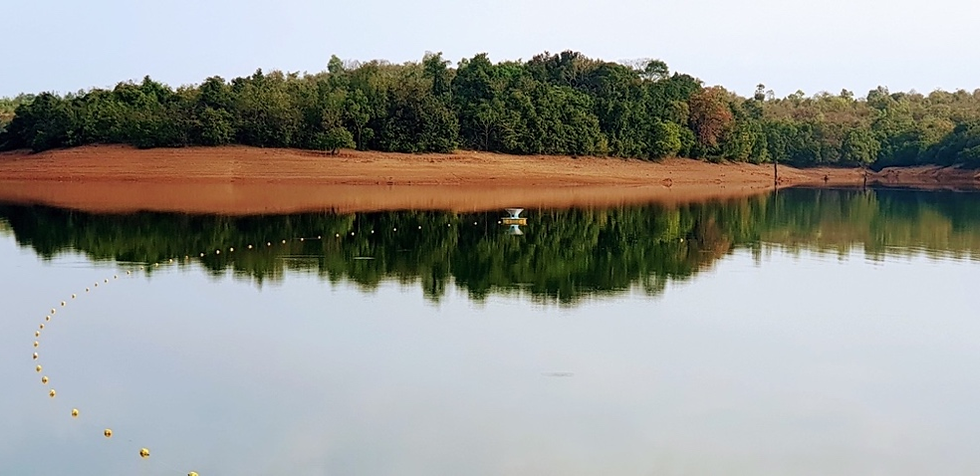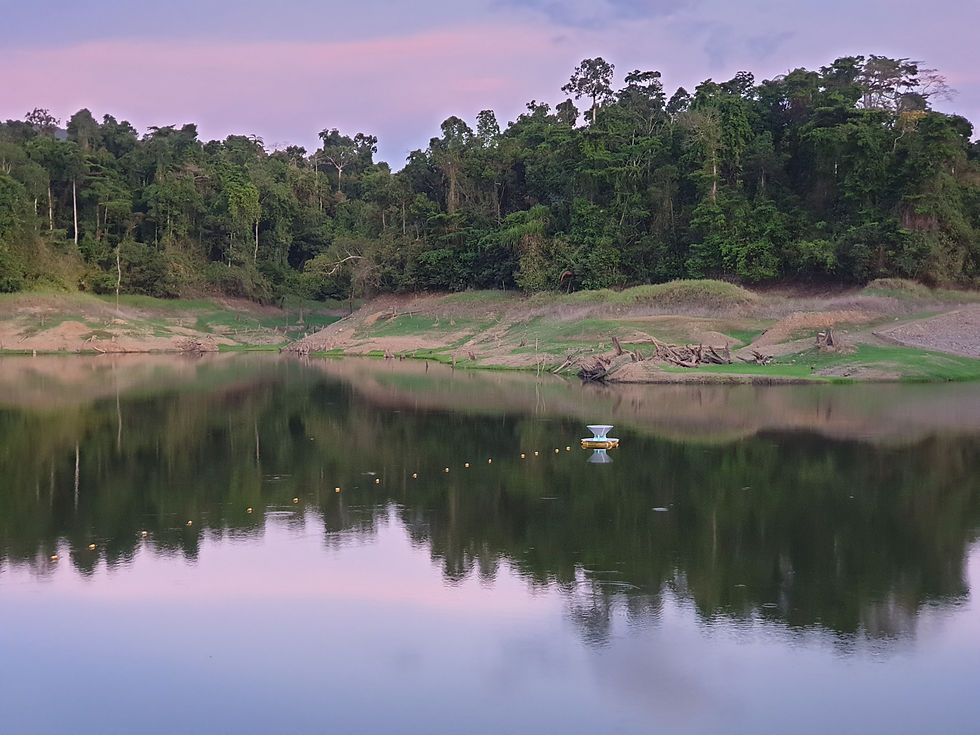RAMAN RESEARCH INSTITUTE


SARAS
Shaped Antenna measurement of the background RAdio Spectrum


SARAS is a correlation spectrometer purpose designed for precision measurements of the cosmic radio background and faint features in the sky spectrum at long wavelengths that arise from redshifted 21-cm from gas in the reionization epoch. The system measures the differential temperature between the antenna and an internal reference, and has a complex switching scheme and observing strategy to cancel systematics and provide calibration of system parameters. Details of the architecture and data analysis procedure adopted in the first version of SARAS [1].
The foregrounds and systematics dominate the observed spectrum, and the antenna and receiver characteristics couple the foreground and systematics to the detector with complex transfer functions that are also different for different contributors to the response. All this will confuse the reionization signal. It is therefore important to minimize instrumental signatures by paying careful attention to the system design, characterization and calibration. Consequently, our major emphasis and work is on devising methods and algorithms for properly calibrating the system, minimize systematics and model the contributors to the system response with mK accuracy so that the cosmological redshifted 21-cm signal may be discerned.
Apart from continuous improvements in the design aspects of antenna, analog and digital receivers, we also test potential observing sites to select radio-quiet locations that are relatively free of radio frequency interference (RFI). SARAS is the world's only radio telescope whose antenna floats on water. This is because water, being a uniform medium, can be modelled well, and the behaviour of the antenna can be predicted in such a surrounding. Ground, unlike water, has multiple stratification layers, each with different properties that would be complex to model.
SARAS has undergone multiple upgrades and has produced remarkable results, most prominently refuting the deep and broad absorption trough for the EoR/CD signal claimed by the EDGES group, which was not explained by standard cosmological theories [2].
Stay tuned for recent deployment results from Ladakh and Diglipur (Andaman & Nicobar Islands)!




References:
[1] Patra, N., Subrahmanyan, R., Sethi, S., Udaya Shankar, N., Raghunathan, A., Astrophys. J. 801(2), 138
[2] Singh, S., Jishnu, N.T., Subrahmanyan, R., Udaya Shankar, N., Girish, B.S., Raghunathan, A., Somashekar, R., Srivani, K.S., Sathyanarayana Rao, M, Nat. Astron. 6, 6